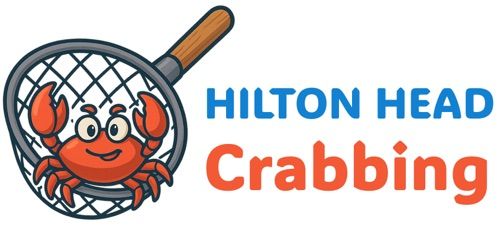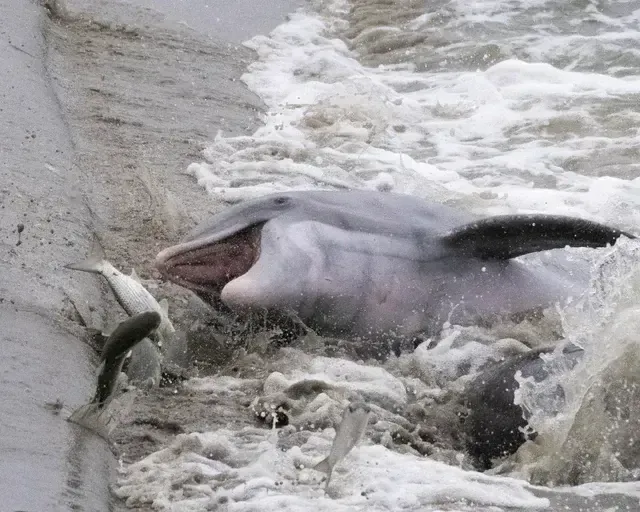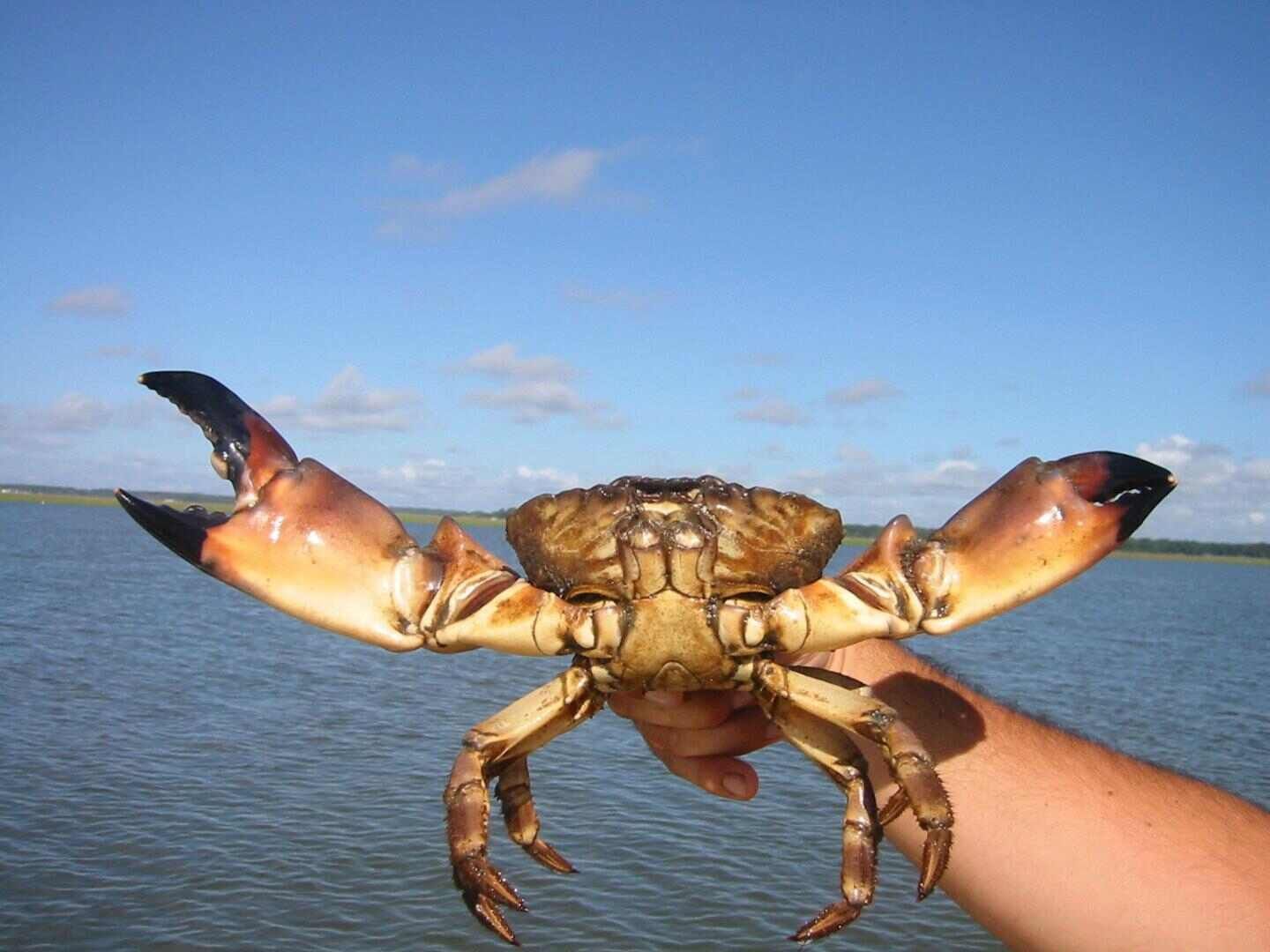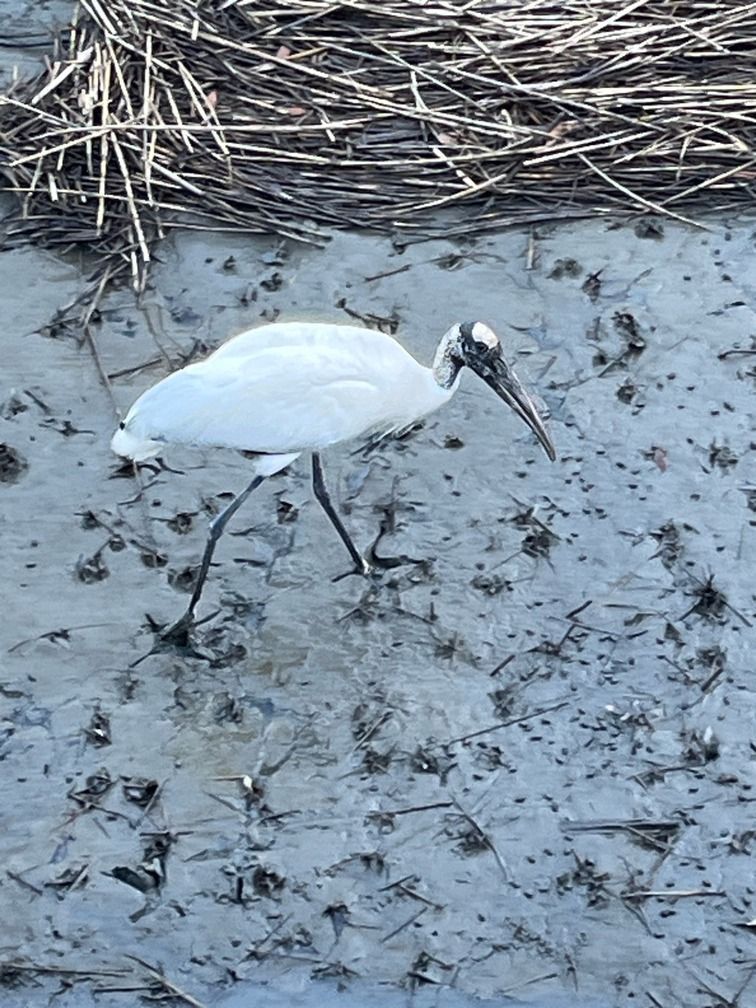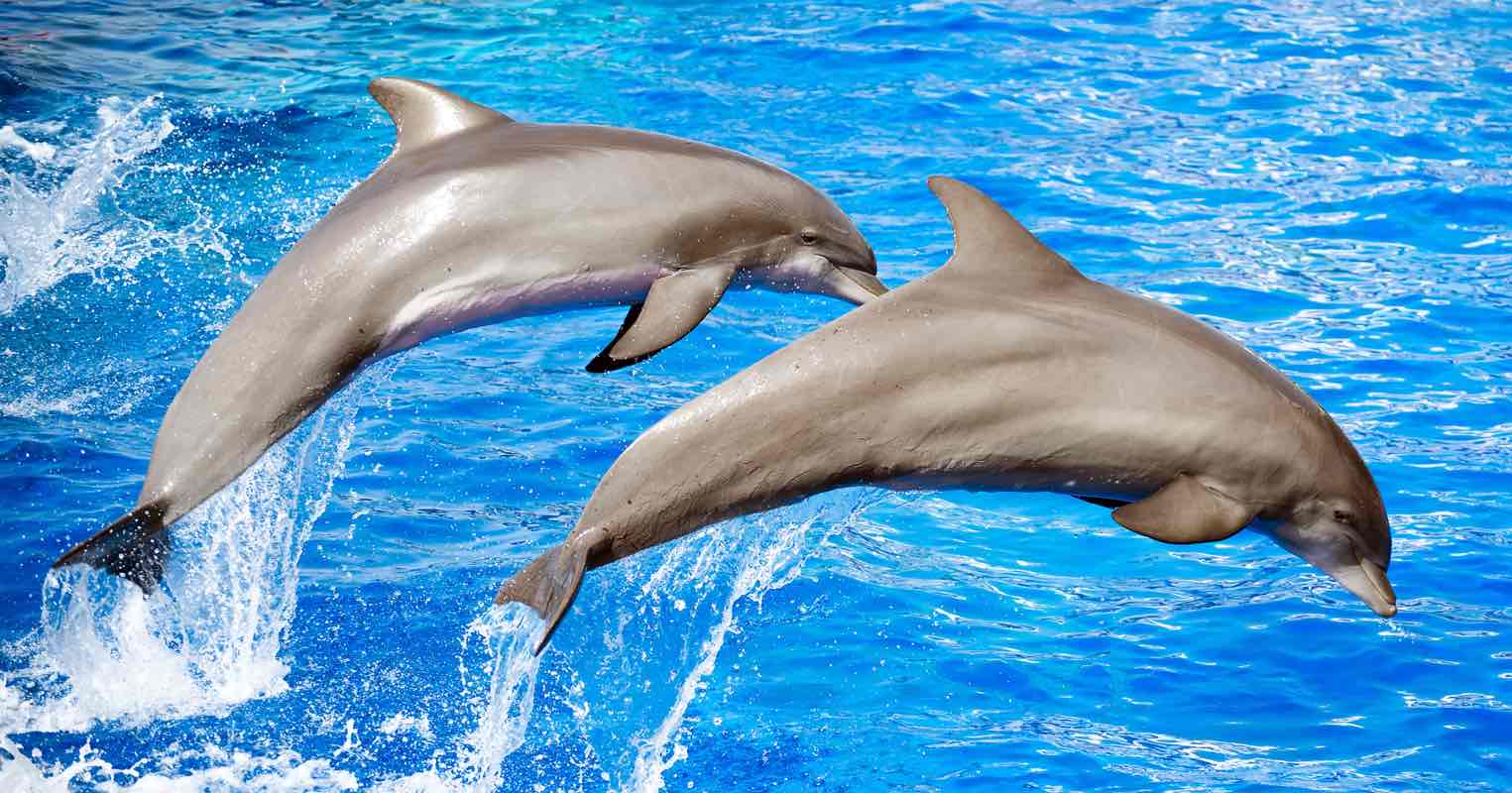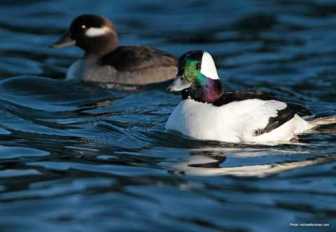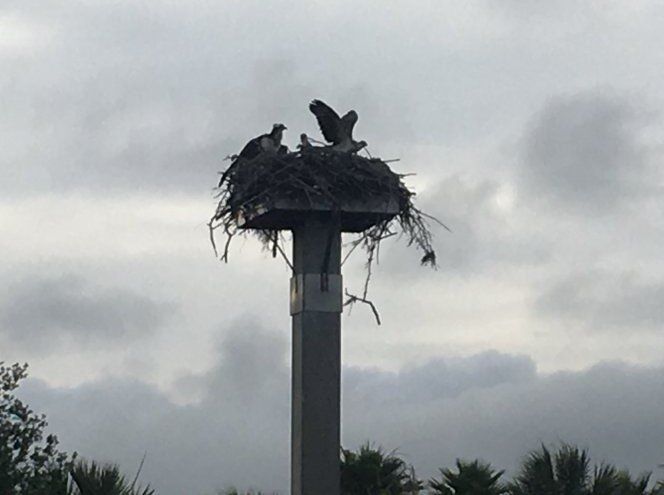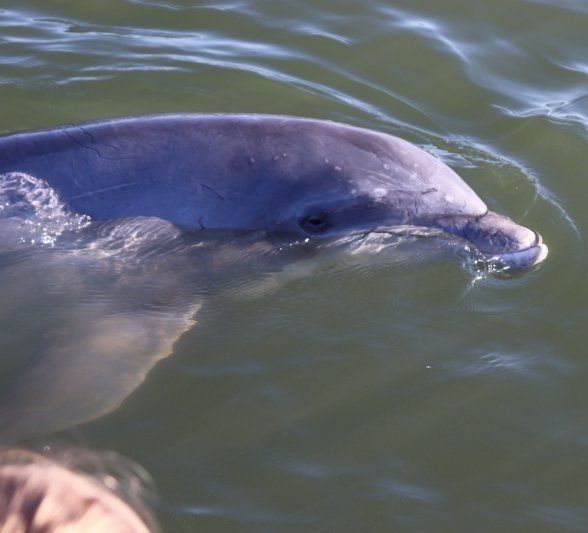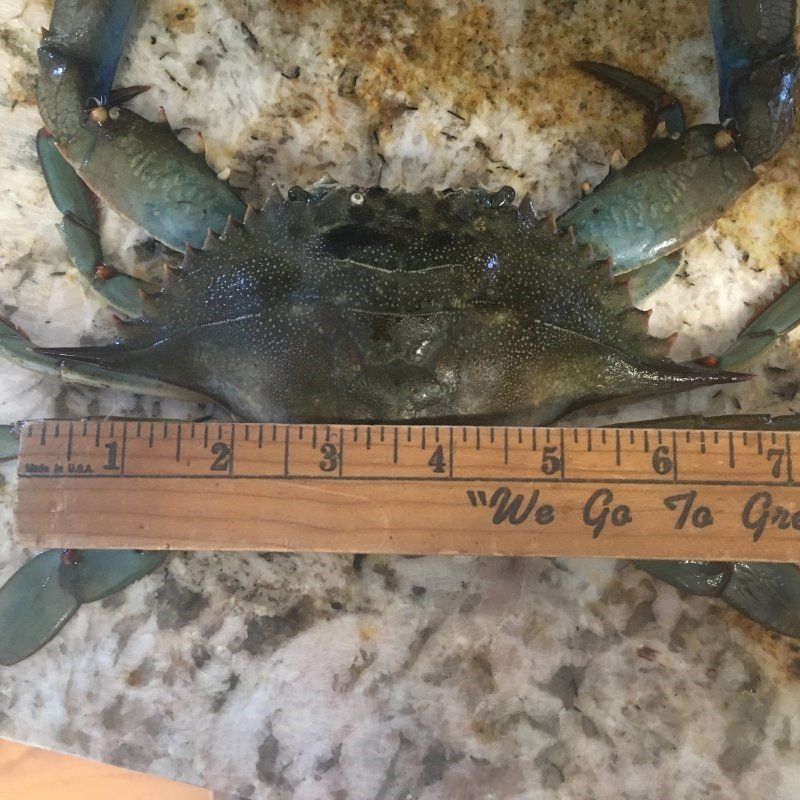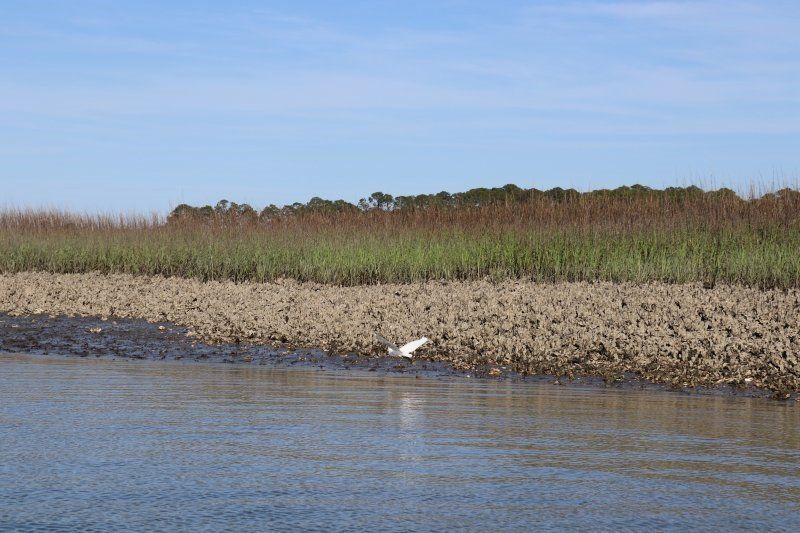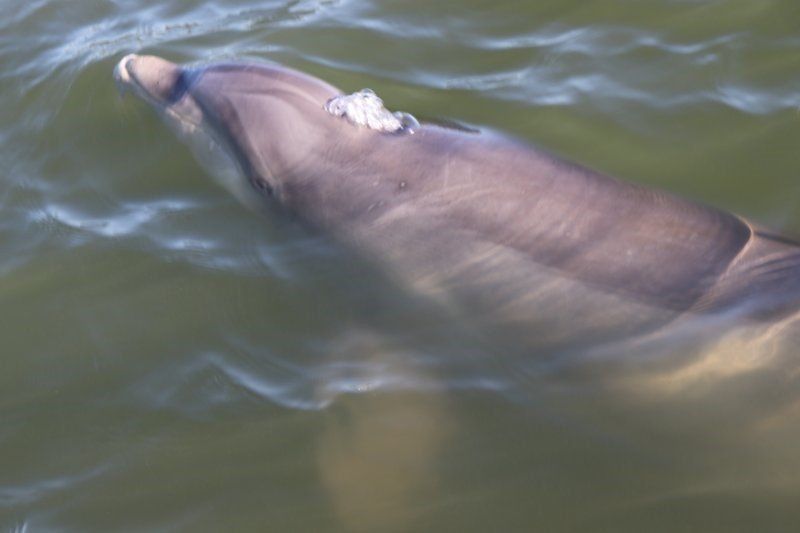Horseshoe Crabs at Hilton Head

Along the beautiful beaches of this island you can see these interesting animals peeking out of the sand. Sometimes you will see parts of their shells where predators have eaten them as a tasty treat. They are typically brown in color and have a pointed tail. Any idea what animal I am talking about? It’s Horseshoe crabs! These animals are so interesting because even though they are called a “crab” they are more like a scorpion than a crab. There has been some debate as to which animal group they fit into. They are officially considered an arthropod.
As stated above horseshoe crabs are brown in color. They have 7 pair of legs. The last set of legs are called chelicerae. The chelicerae are used for grasping and crushing, these are similar to spiders and scorpions.Horseshoe crabs have a hard outer shell and a sharp hard tail called a telson.The telson acts more as a rudder to assist in the navigation of the water than for protection. Many times you will only see part of the horseshoe crabs through the sand. They try to bury themselves to hide from predators. They feed on algae, worms, shrimp and small clams.
The females tend to be larger than the males. This time of year, you may see these fascinating creatures mating in the shallow waters. One female could have up to 9 males attached to her at onetime. The males help fertilizing the 500 plus eggs the female will lay in the nest in the sand. The females make several nests every spring. If all the eggs do not get fertilized when they are initially laid, a male horseshoe crab can fertilize them in the nest shortly after.
It takes about 10 years for horseshoe crabs to reach sexual maturity. Like other crabs, they have to molt to grow, they can molt anywhere from 15-20 times in their lifetime. After they reach their reproductive years they can live up to 10 more years, making their total lifespan about 20 years. Horseshoe crabs are an integral part of the salt water ecosystem.
Come out and visit us on our Dolphin and Nature Tour to learn more about the wonderful local wildlife of Hilton Head Island!
